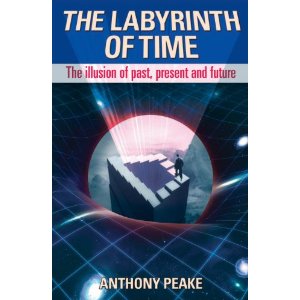Russell Crowe’s UFO Photographs–Case Likely Closed
One of our best photography experts has weighed in on the side of this being a light on a boat. Here is his comment:
"Just measure the distance between the leading edge of the top light in the first and second pix. Let that distance equal 4.5 seconds. Then measure the length of the top light’s streak. That will tell you the shutter speed. Assuming Crowe is right about the frame rate, the shutter speed seems just about right for a night exposure with a Canon 5D. And given that lens’s field of view, 8kph (max legal boat speed in that situation) works out just about right with a margin of error of, say, +/- 50%, max."
read more
